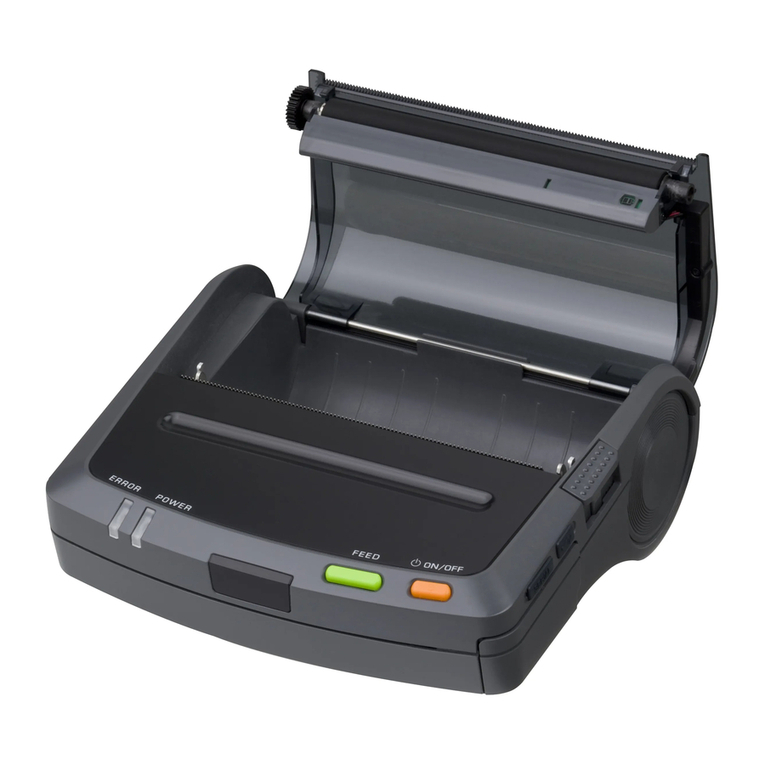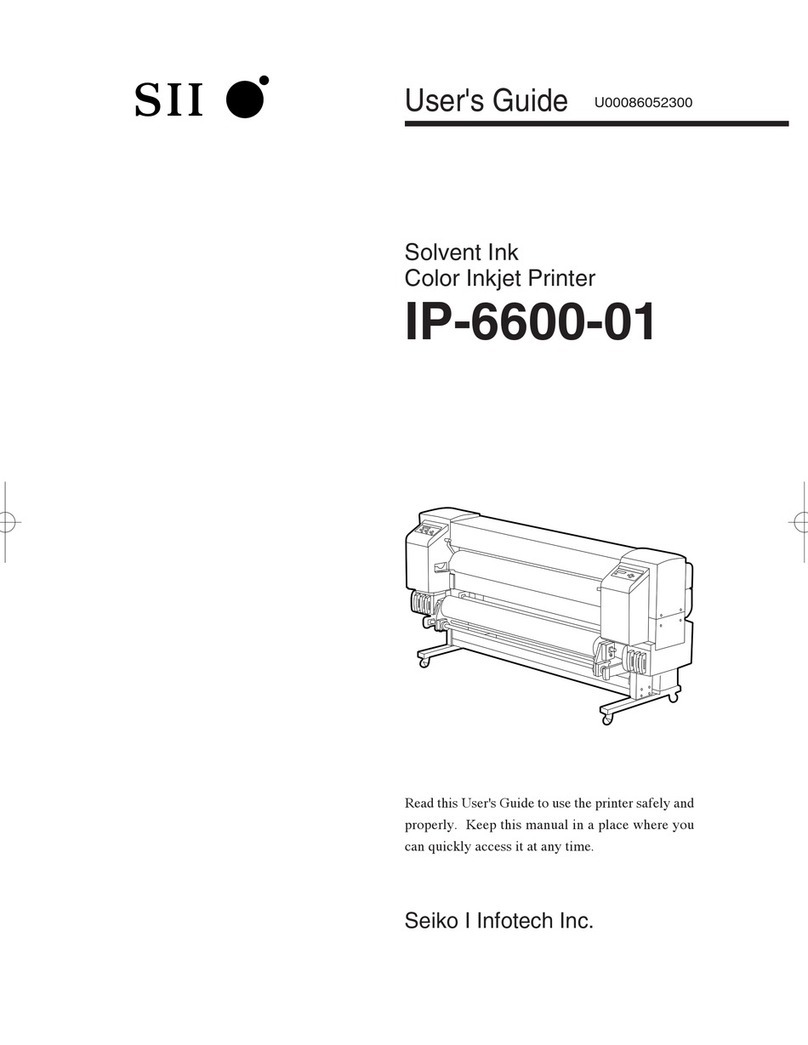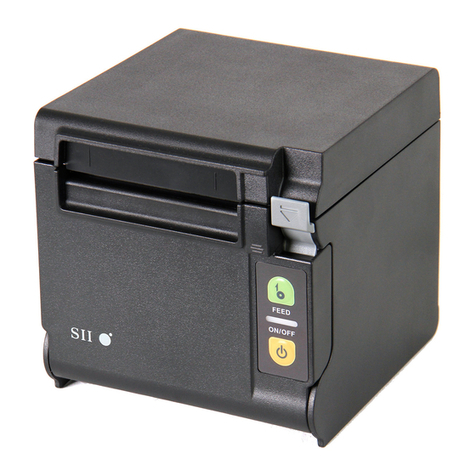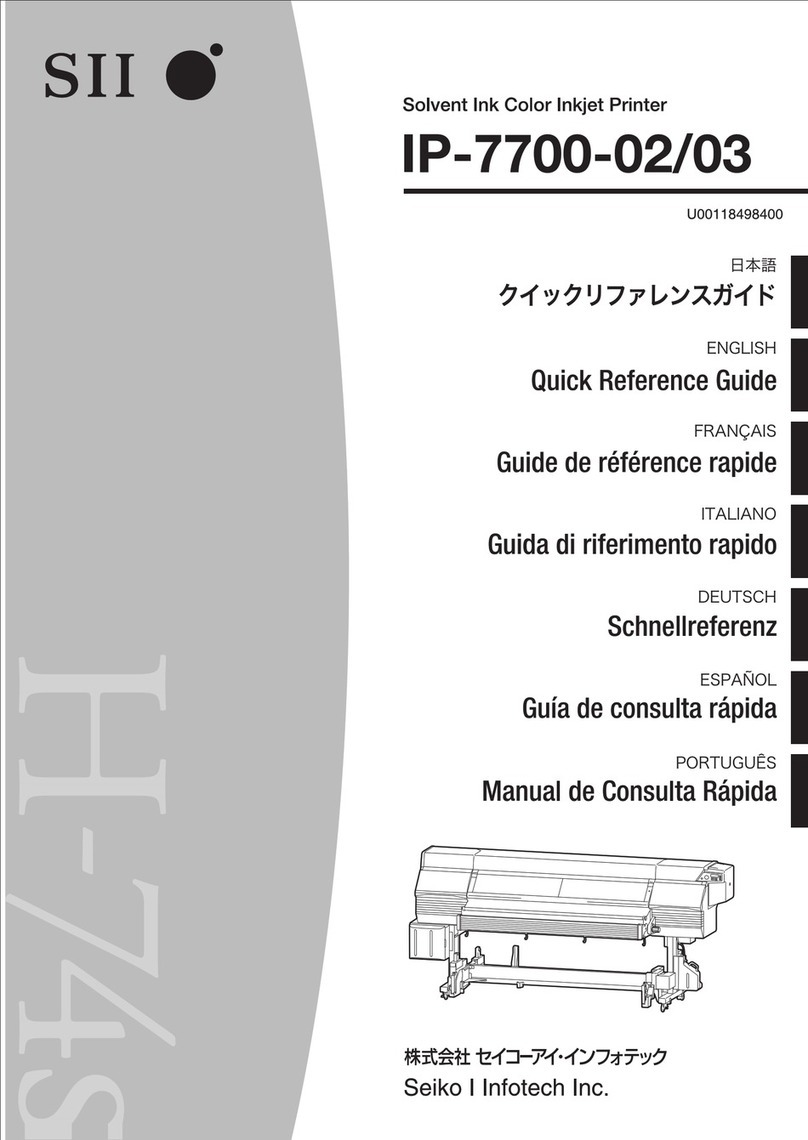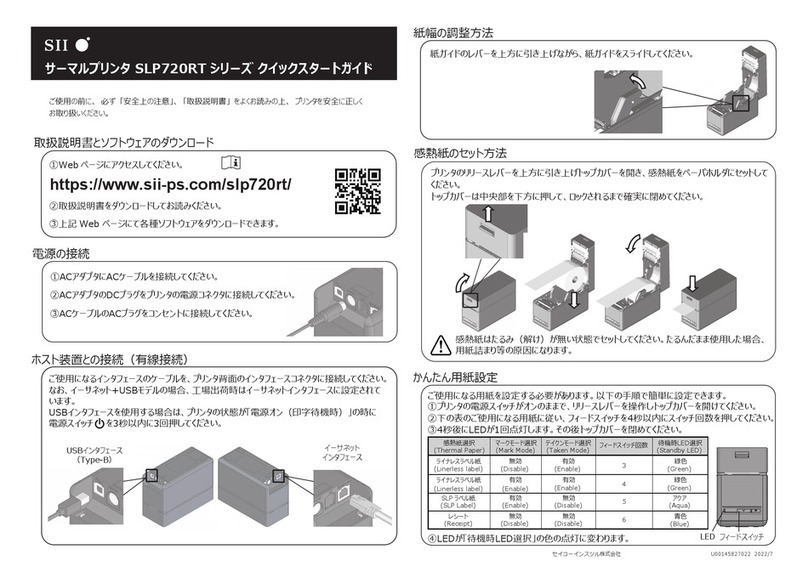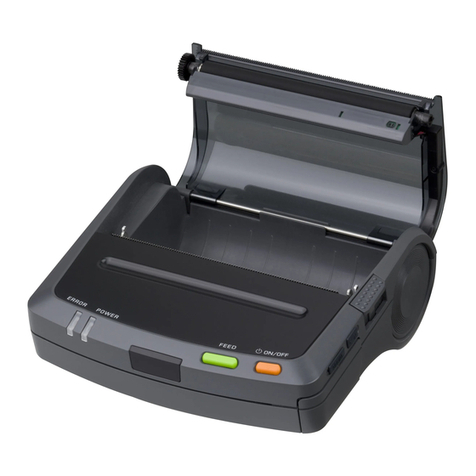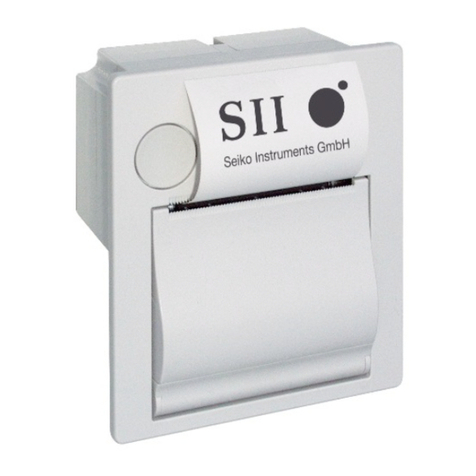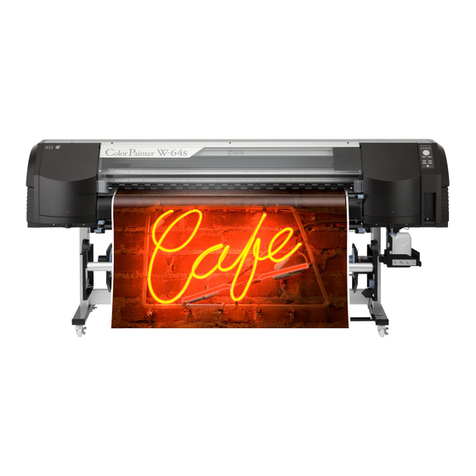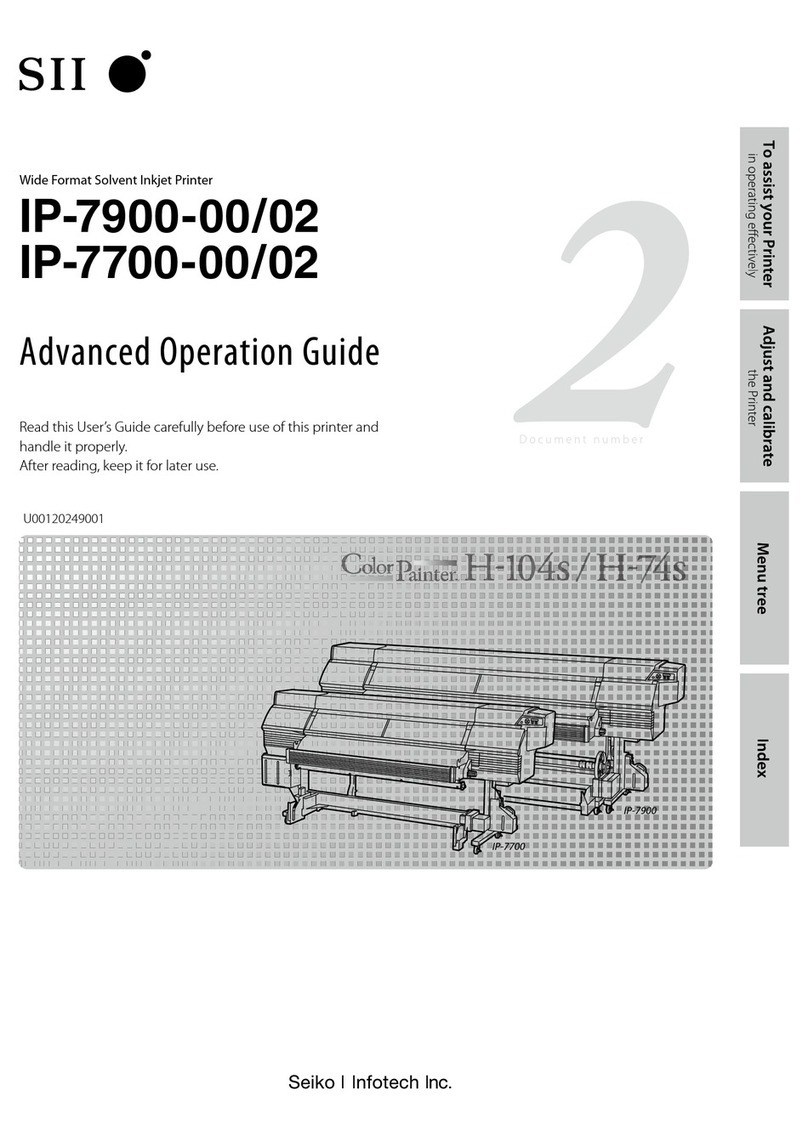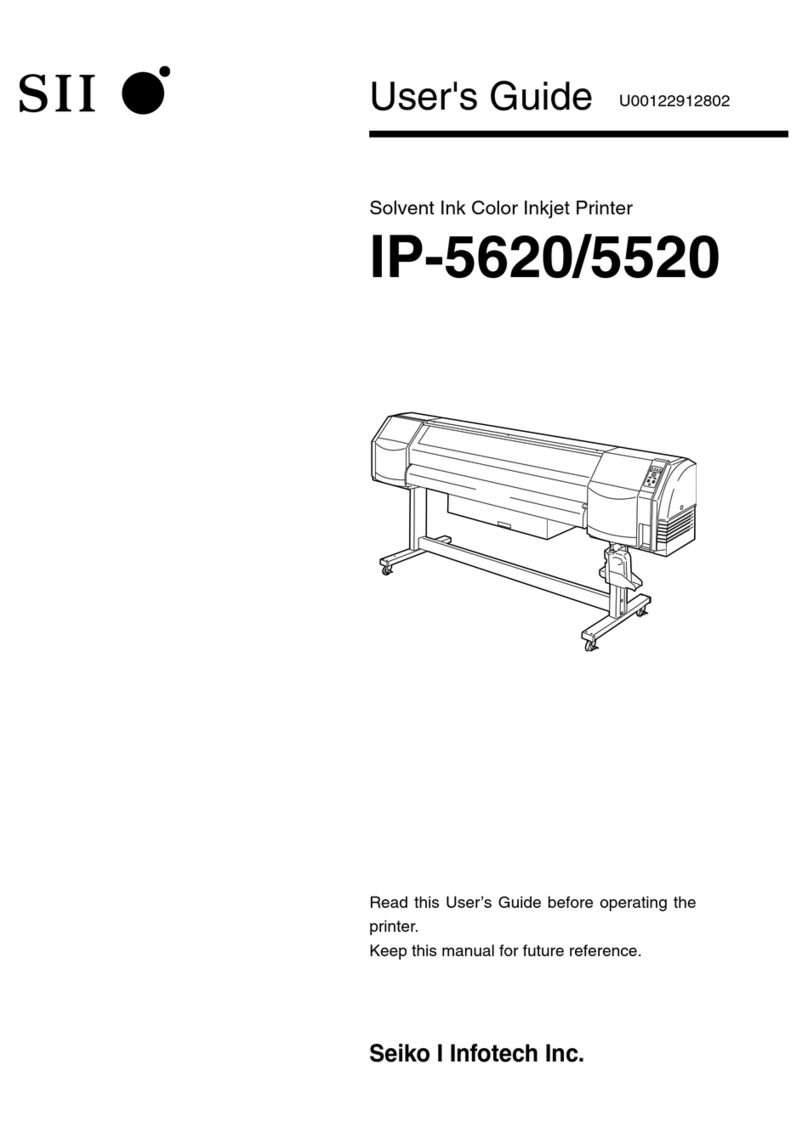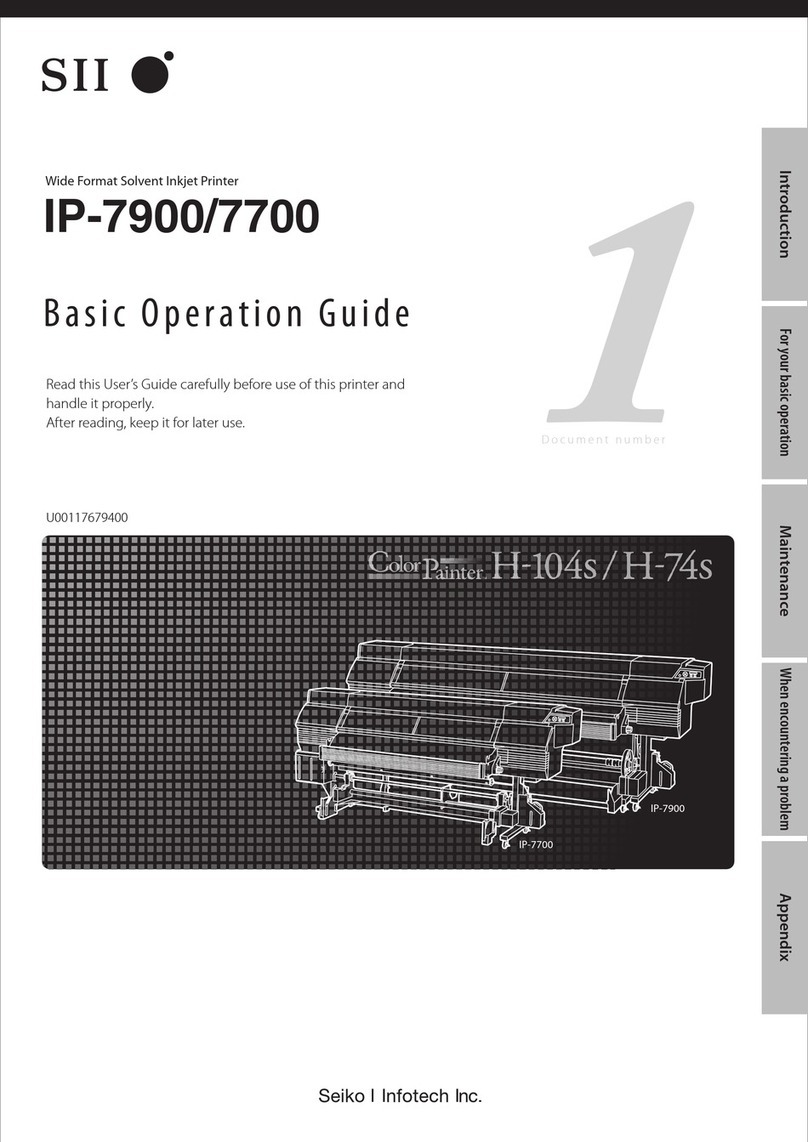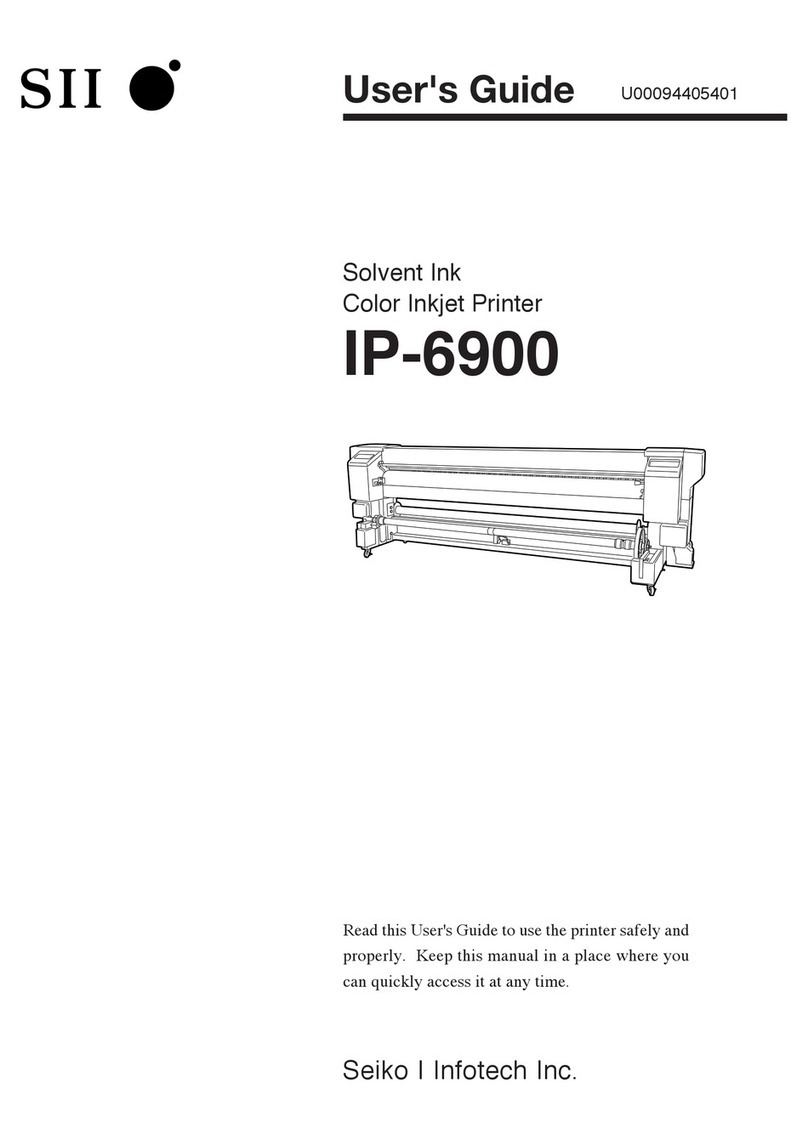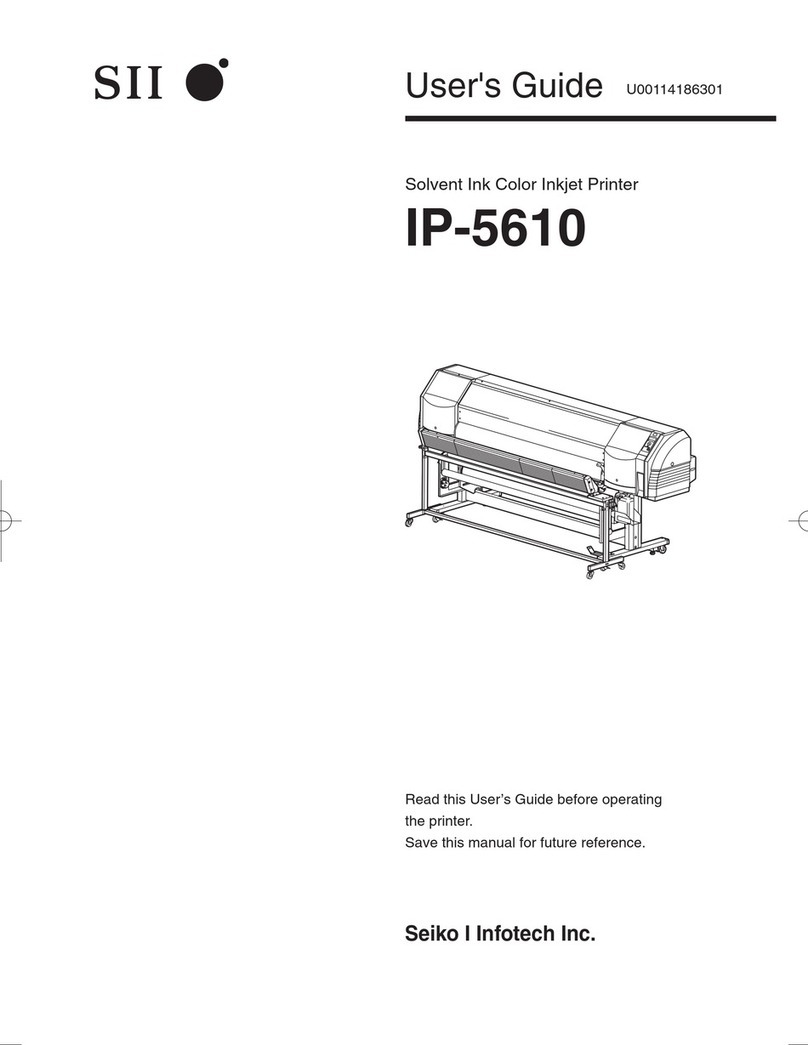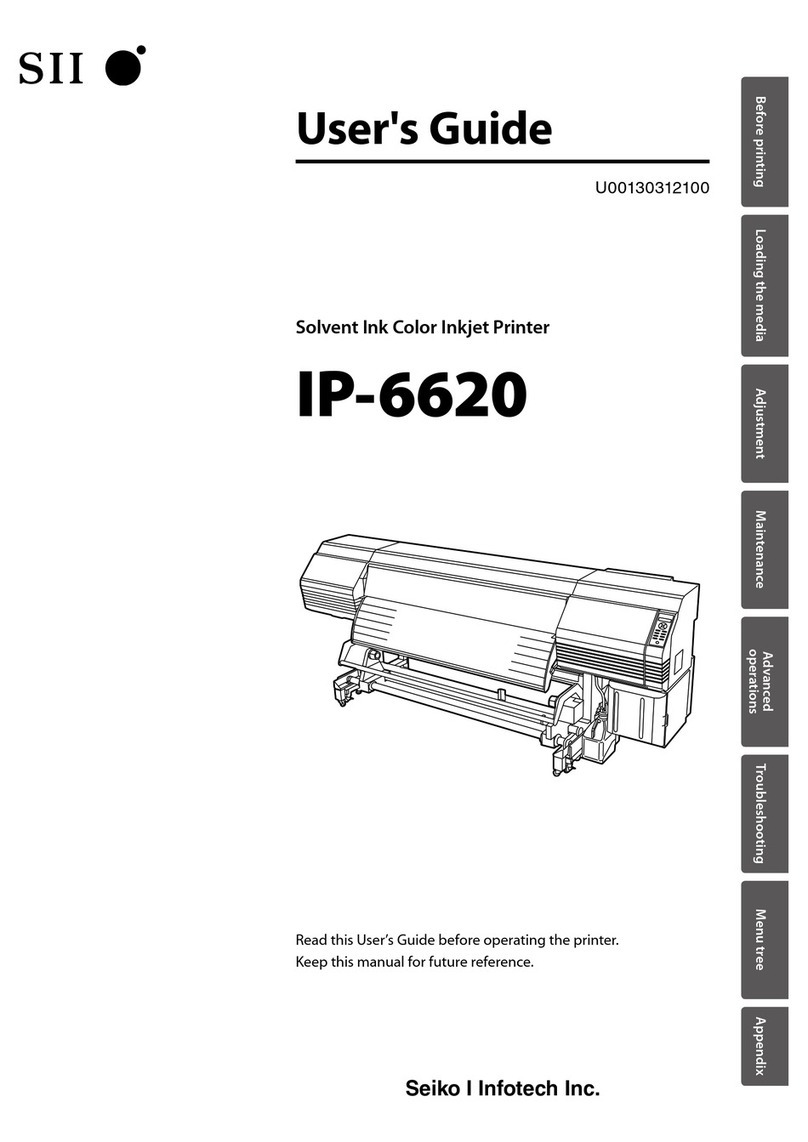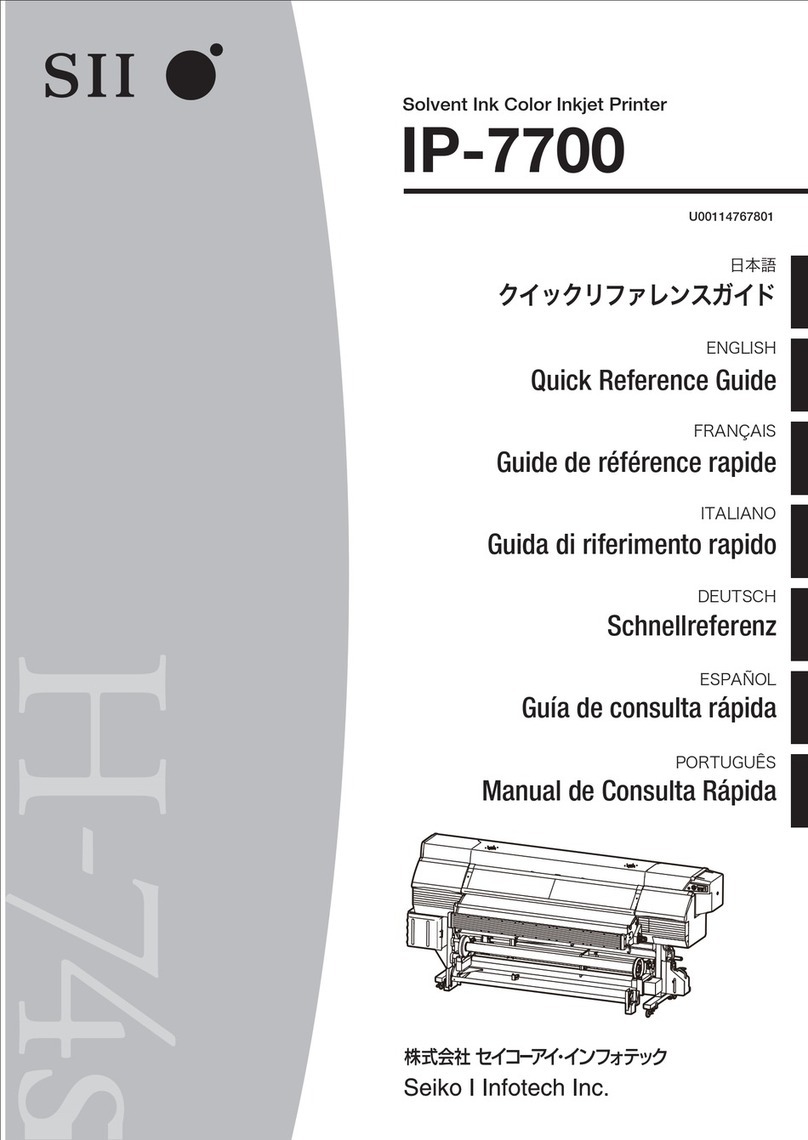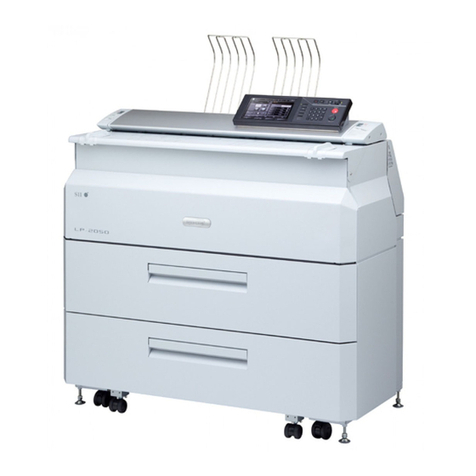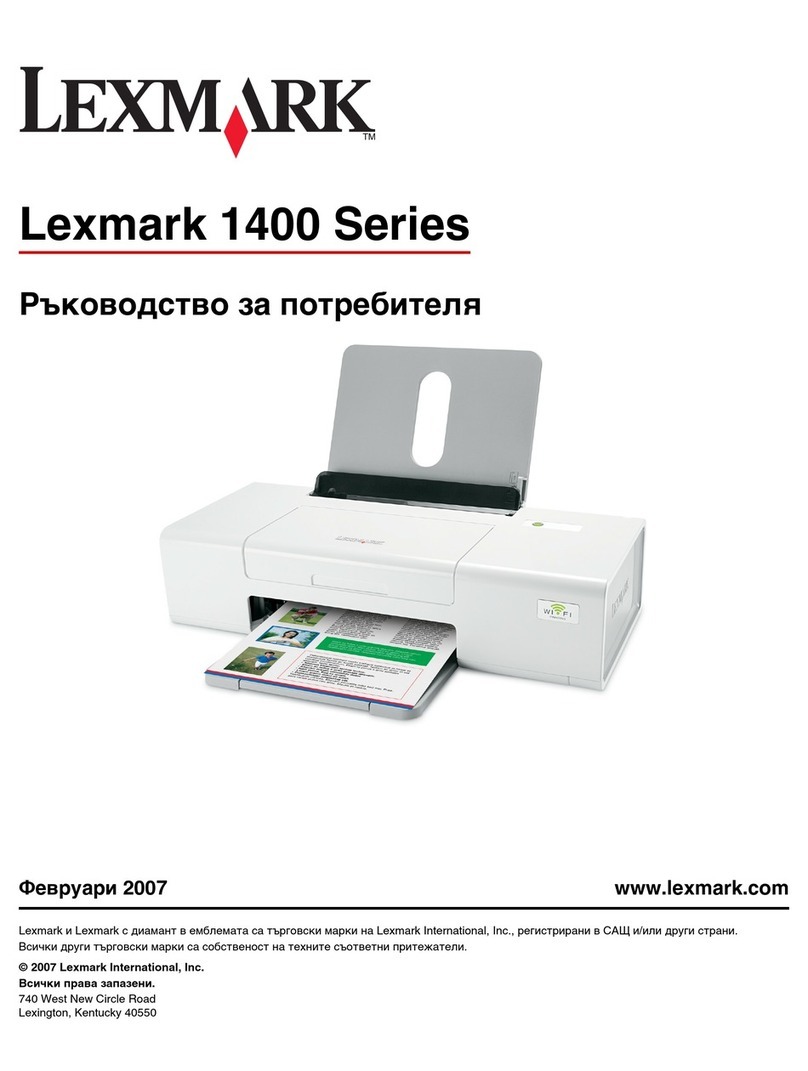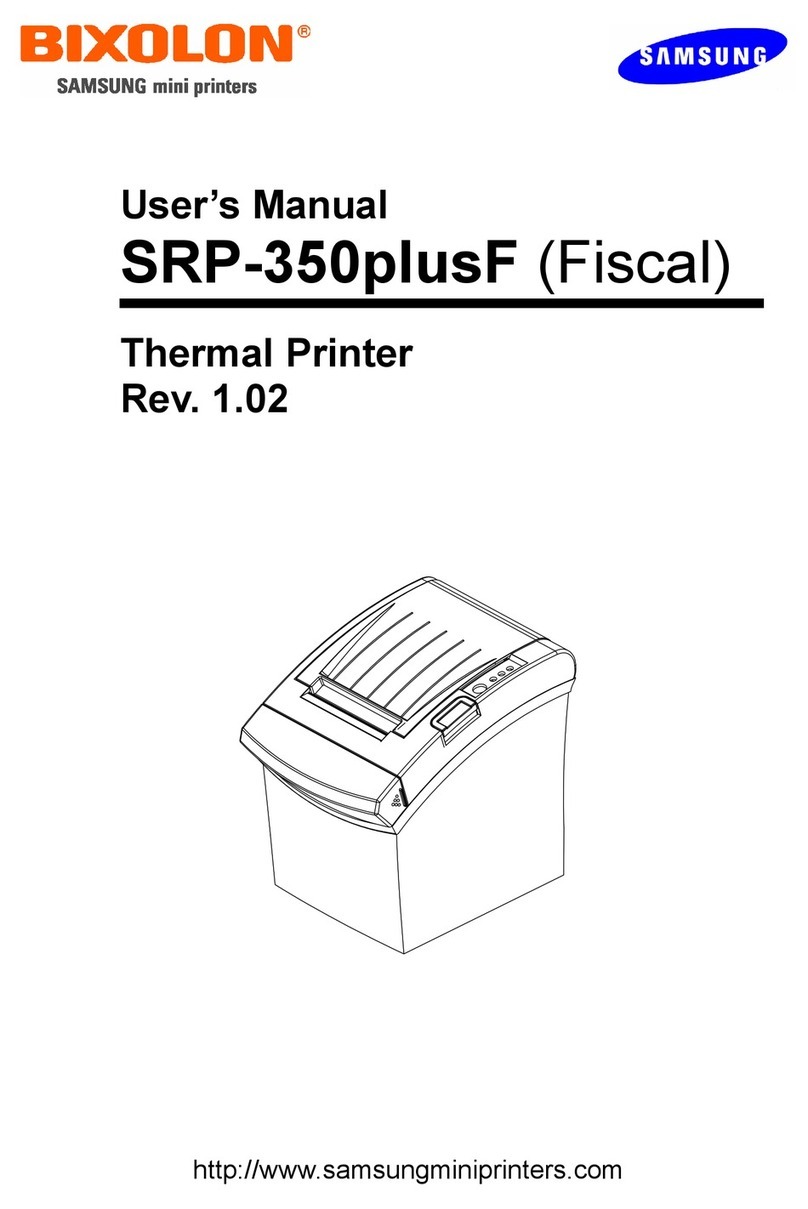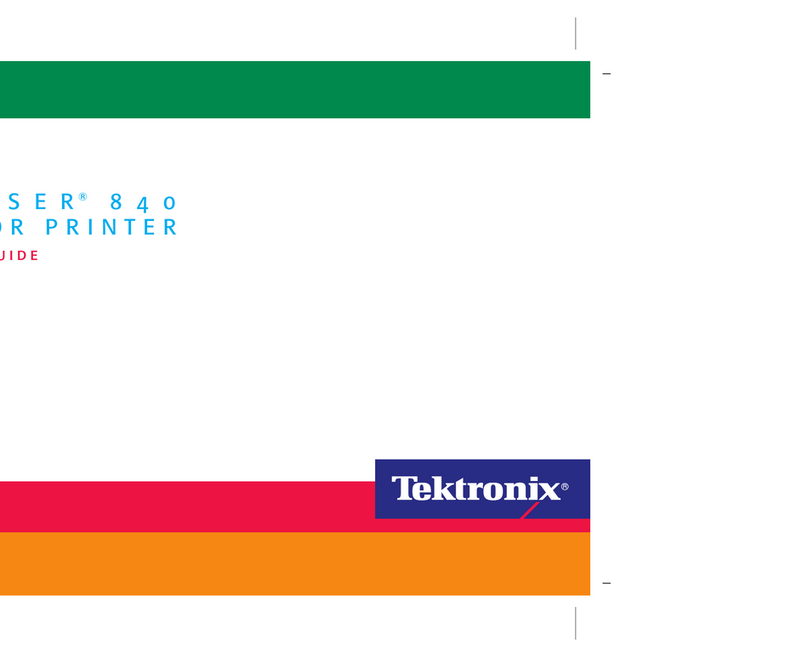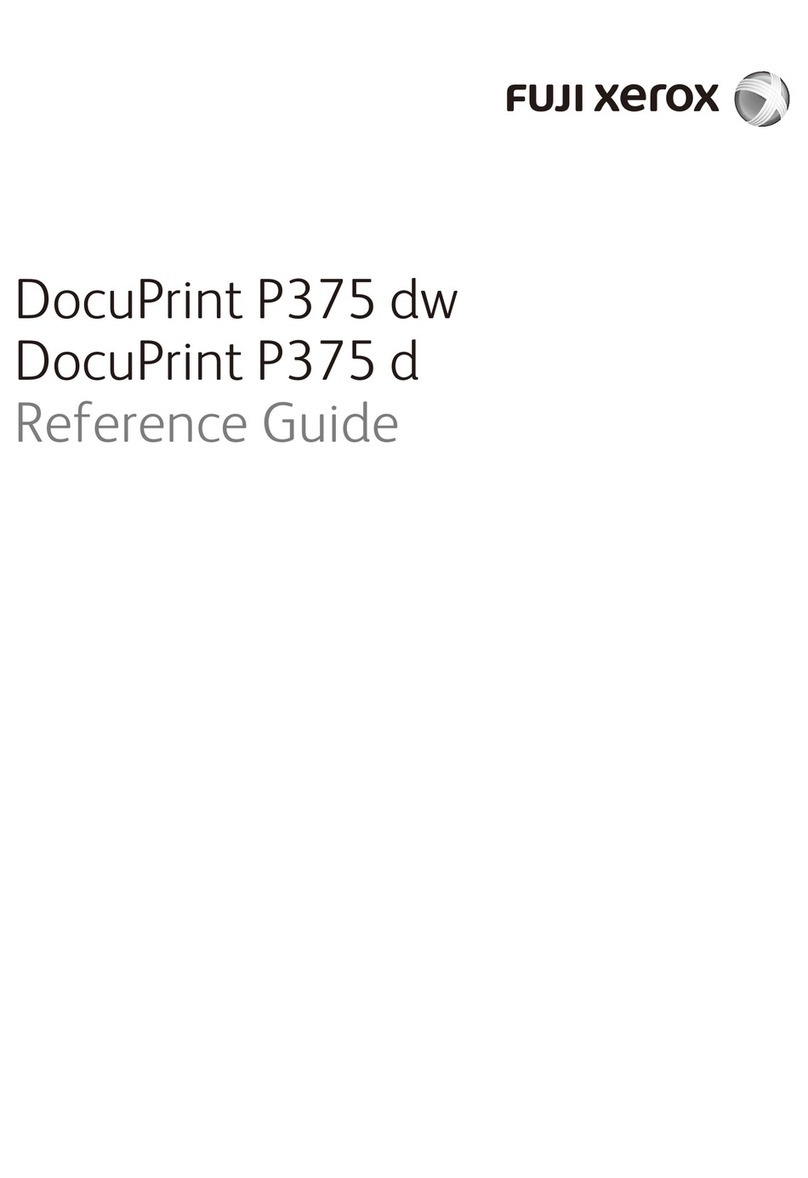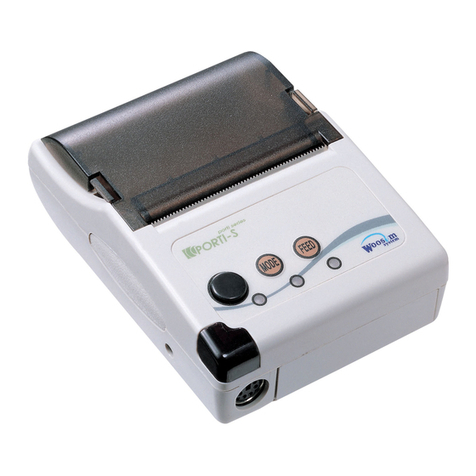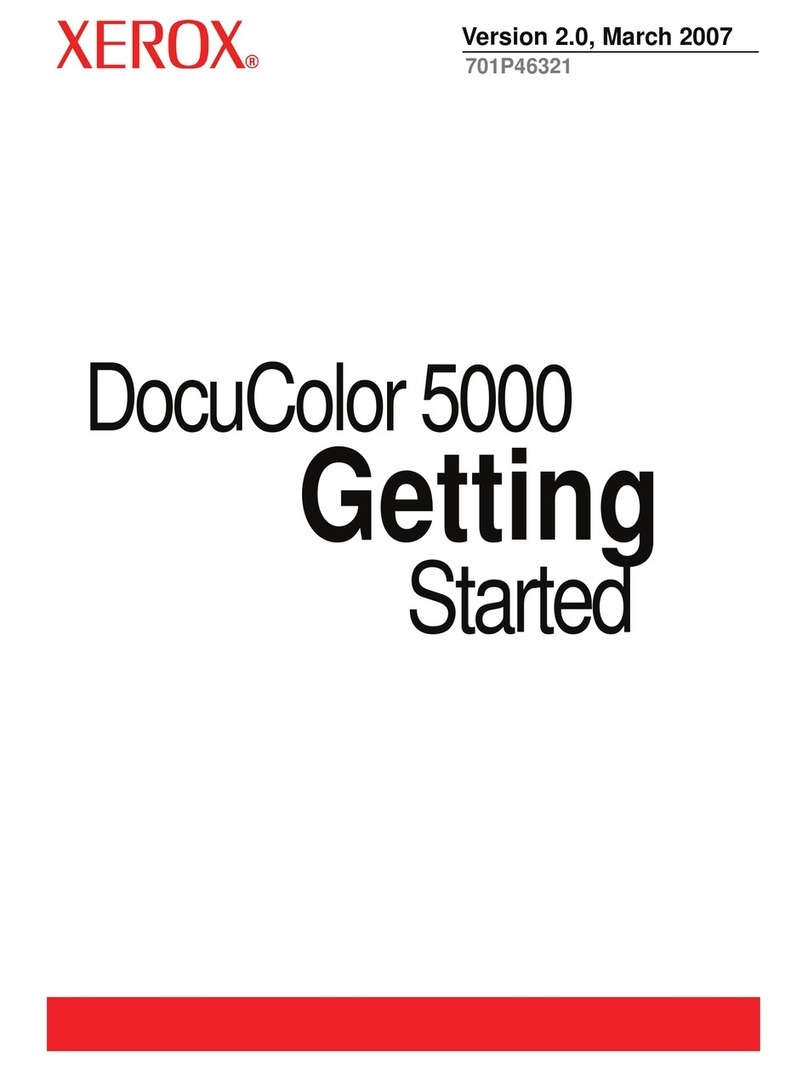
viii
Section Page
FIGURES
Figure 1-1 Relationship between Input Buffer and Line Buffer .................................................... 1-1
Figure 1-2 Line Spacing ............................................................................................................... 1-2
Figure 1-3 Character Spacing ...................................................................................................... 1-2
Figure 2-1 Dimensions ................................................................................................................. 2-2
Figure 2-2 Dimensions of Timing Mark Position (Back of thermal paper).................................... 2-4
Figure 6-1 Program Sample 1.................................................................................................... 6-22
Figure 6-2 Print Sample 1........................................................................................................... 6-22
Figure 6-3 Program Sample 2.................................................................................................... 6-24
Figure 6-4 Print Sample 2........................................................................................................... 6-24
Figure 6-5 Program Sample 3.................................................................................................... 6-30
Figure 6-6 Print Sample 3........................................................................................................... 6-30
Figure 6-7 Program Sample 4.................................................................................................... 6-33
Figure 6-8 Print Sample 4........................................................................................................... 6-33
Figure 6-9 Program Sample 5.................................................................................................... 6-41
Figure 6-10 Print Sample 5......................................................................................................... 6-42
Figure 6-11 Program Sample 6.................................................................................................. 6-51
Figure 6-12 Print Sample 6......................................................................................................... 6-52
Figure 6-13 Program Sample 7.................................................................................................. 6-56
Figure 6-14 Print Sample 7......................................................................................................... 6-56
Figure 6-15 Program Sample 8.................................................................................................. 6-60
Figure 6-16 Print Sample 8......................................................................................................... 6-60
Figure 6-17 Program Sample 9.................................................................................................. 6-61
Figure 6-18 Print Sample 9......................................................................................................... 6-61
Figure 6-19 Program Sample 10................................................................................................ 6-65
Figure 6-20 Print Sample 10....................................................................................................... 6-65
Figure 6-21 Program Sample 11................................................................................................ 6-68
Figure 6-22 Print Sample 11....................................................................................................... 6-68
Figure 6-23 Program Sample 12................................................................................................ 6-76
Figure 6-24 Print Sample 12....................................................................................................... 6-77
Figure 6-25 Program Sample 13................................................................................................ 6-78
Figure 6-26 Print Sample 13....................................................................................................... 6-78
Figure
6-27 Program Sample 14................................................................................................ 6-79
Figure 6-28 Print Sample 14....................................................................................................... 6-80
Figure 6-29 Program Sample 15................................................................................................ 6-85
Figure 6-30 Print Sample 15....................................................................................................... 6-85
Figure 6-31 Program Sample 16................................................................................................ 6-90
Figure 6-32 Print Sample 16....................................................................................................... 6-90
Figure 6-33 Program Sample 17................................................................................................ 6-94
Figure 6-34 Print Sample 17....................................................................................................... 6-94
Figure 6-35 Program Sample 18................................................................................................ 6-96
Figure 6-36 Print Sample 18....................................................................................................... 6-96
Figure 6-37 Program Sample 19.............................................................................................. 6-104
Figure 6-38 Print Sample 19..................................................................................................... 6-104
